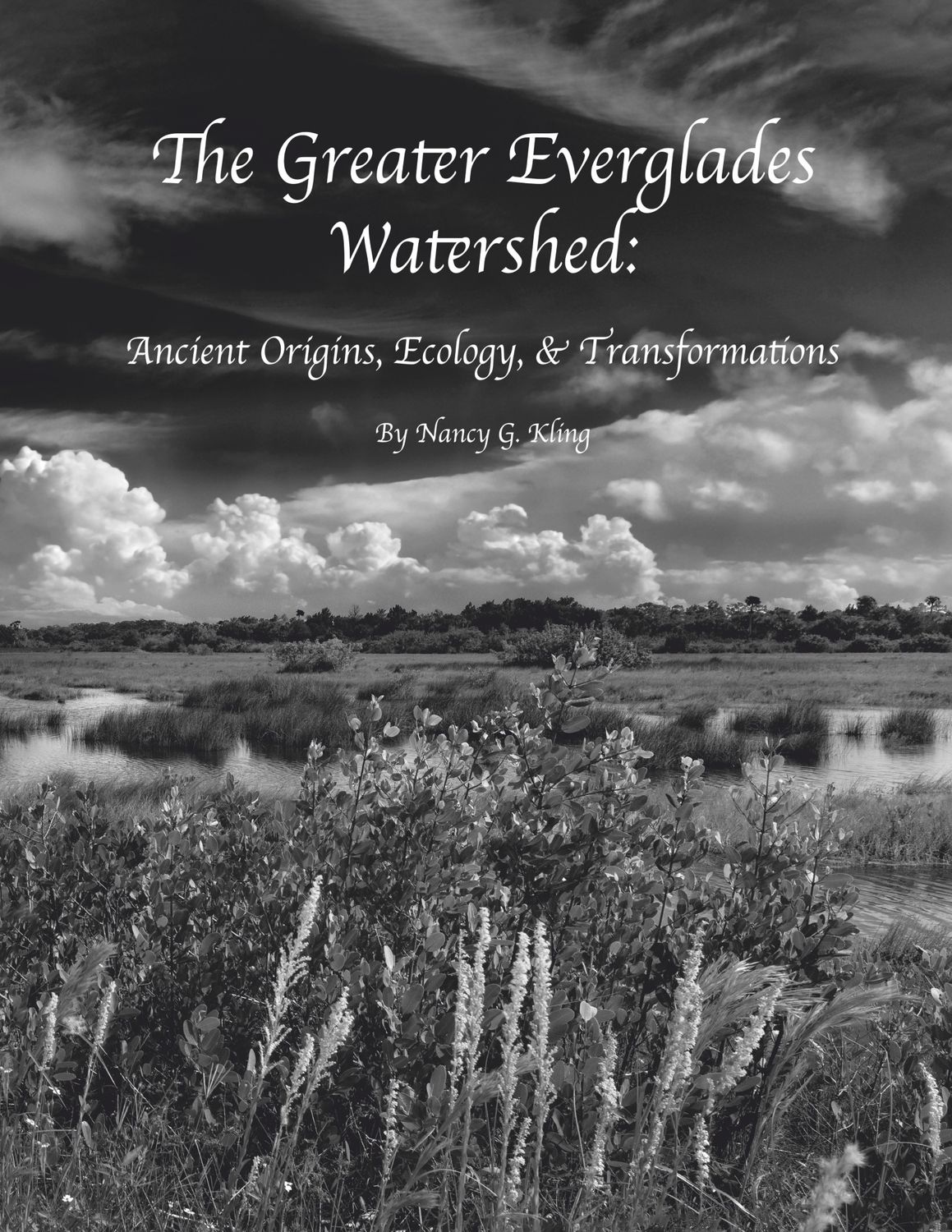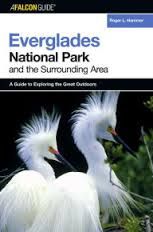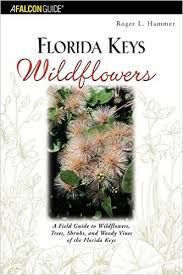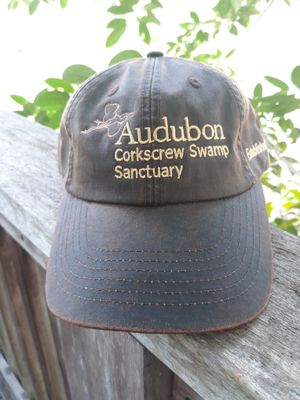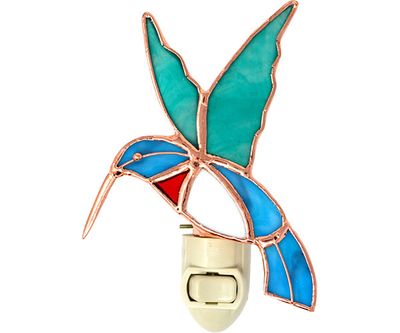Audubon's Corkscrew Swamp Sanctuary
Book - The Greater Everglades Watershed
$58.00
In stock: 2 available
Product Details
UPC: 9798317806040
This book is a tribute to Florida's unique geological and natural history, an essay in words and photographic images. When one pauses long enough to enjoy an informed, intimate exploration of Florida, she will compel your attention with her nuanced, quiet beauty. Living in Florida has taught me that the splendor of Florida is understated and complex, and she demands our close observation to appreciate the intricate layering of elements that produced her landscape. Nuanced beauty aside, Florida has always felt to me like an embarrassment of riches with her wide-ranging habitats: her estuaries, marshes, swamps, mangrove forests, coral reefs, clear springs, rivers, lakes, caves, hardwood hammocks, barrier islands, diverse bird life, and wildlife. These attributes of Florida deliver organic scents, sounds, and sights that fill me with deep gratitude and joy every single day. Florida owes this abundance and diversity in large part to her extensive geologic and natural history, a story I will share with you in this book. This story encompasses 300 million years of geologic activity that produced Florida's basement rock foundation, tens of thousands of years of ecological and hydrological processes that shaped her carbonate rock platform and alluring habitats, a century of human alterations to those habitats, and decades of an extensive functional restoration that is well under way. Although we will examine the geological history of the entire Florida landmass, the focal point of this book is the Everglades Watershed, sometimes referred to as the Kissimmee-Lake Okeechobee-Everglades Watershed. This 18,000 square mile area encompasses about one-third of Florida's landmass and is a unified ecosystem between Orlando and Florida Bay at the most southerly tip of the peninsula. It contains the drainage basins of the Kissimmee River, the St. Lucie River, the Caloosahatchee River, Lake Okeechobee, the Everglades, Florida Bay, and the coastal estuaries. I have related this geologic narrative through ascending layers of rock and sediment. To provide a complete narrative, it was essential to extend this story to relate how, over the past century, individuals with apparent good intentions, but who may have been somewhat over-endowed in the hubris department, delivered irreversible damage to Florida's ecosystems. I have followed that account with the more encouraging story detailing the restoration work of the State and Federal governments and the pioneering efforts of environmental groups, lawyers, and economists to develop new tools that can help us prevent further harm to Florida's ecosystems and preserve the fragile restoration efforts. In selecting the images for this book, I included a few black-and-white images, as well as my color images. While there is no denying that much of the beauty of Florida lies in the vivid, shifting hues she displays every hour of the day, I believe that when an image is accompanied by a deeper understanding of the context, history, and science that shaped the scene, the viewing experience is even further deepened. My hope is that after examining Florida from the inside out and from bottom to top, you will find yourself more intimately connected with the natural elements that make up Florida today.
Book - The Greater Everglades Watershed
You May Also Like
Display prices in:USD
